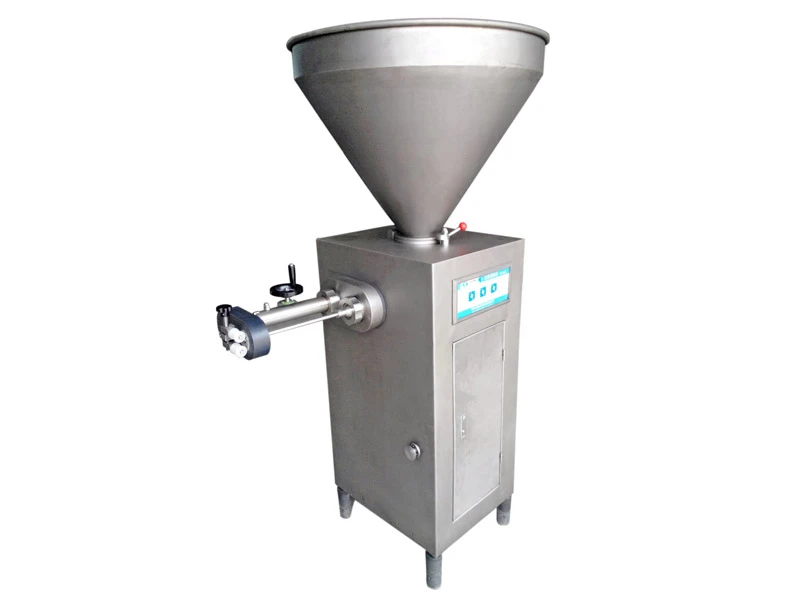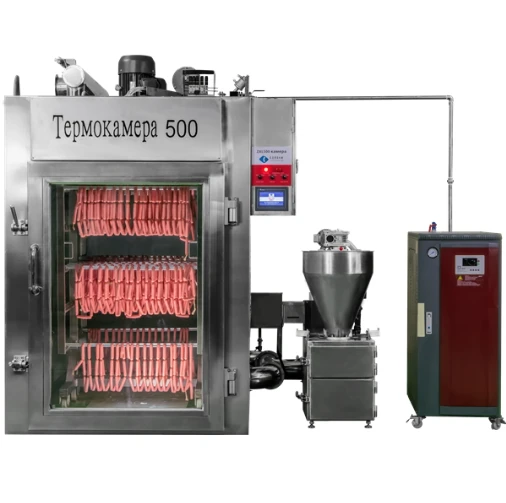- Afrikaans
- Albanian
- Amharic
- Arabic
- Armenian
- Azerbaijani
- Basque
- Belarusian
- Bengali
- Bosnian
- Bulgarian
- Catalan
- Cebuano
- chinese_simplified
- chinese_traditional
- Corsican
- Croatian
- Czech
- Danish
- Dutch
- English
- Esperanto
- Estonian
- Finnish
- French
- Frisian
- Galician
- Georgian
- German
- Greek
- Gujarati
- haitian_creole
- hausa
- hawaiian
- Hebrew
- Hindi
- Miao
- Hungarian
- Icelandic
- igbo
- Indonesian
- irish
- Italian
- Japanese
- Javanese
- Kannada
- kazakh
- Khmer
- Rwandese
- Korean
- Kurdish
- Kyrgyz
- Lao
- Latin
- Latvian
- Lithuanian
- Luxembourgish
- Macedonian
- Malgashi
- Malay
- Malayalam
- Maltese
- Maori
- Marathi
- Mongolian
- Myanmar
- Nepali
- Norwegian
- Norwegian
- Occitan
- Pashto
- Persian
- Polish
- Portuguese
- Punjabi
- Romanian
- Russian
- Samoan
- scottish-gaelic
- Serbian
- Sesotho
- Shona
- Sindhi
- Sinhala
- Slovak
- Slovenian
- Somali
- Spanish
- Sundanese
- Swahili
- Swedish
- Tagalog
- Tajik
- Tamil
- Tatar
- Telugu
- Thai
- Turkish
- Turkmen
- Ukrainian
- Urdu
- Uighur
- Uzbek
- Vietnamese
- Welsh
- Bantu
- Yiddish
- Yoruba
- Zulu
Efficient & Durable Tilt Meat Mixer for Easy Blending & Cleaning
- Understanding the Mechanics of Modern Tilt Meat Mixers
- Technical Advantages in Commercial-Grade Mixing
- Performance Comparison Across Leading Manufacturers
- Customization Options for Diverse Workflows
- Operational Efficiency Metrics in Real-World Scenarios
- Maintenance Protocols for Long-Term Durability
- Future-Proofing with Advanced Tilt Meat Mixer Systems

(tilt meat mixer)
Understanding the Mechanics of Modern Tilt Meat Mixers
Industrial kitchens require precision tools like tilt meat mixer
s to achieve consistent texture in protein processing. These units combine vertical mixing action with hydraulic tilting mechanisms, enabling operators to blend 200-500kg batches with ±2% ingredient distribution accuracy. Unlike standard meat grinders, tilt models maintain product integrity through controlled RPM (15-25 rotations/minute) while reducing manual labor by 40%.
Technical Advantages in Commercial-Grade Mixing
High-capacity tilt meat mixers incorporate three-stage blade configurations and food-grade stainless steel construction (304 or 316L variants). Patented vacuum-sealing technology removes 95% of air pockets during emulsification, extending product shelf life by 30%. Energy recovery systems cut power consumption by 18% compared to traditional planetary mixers.
| Manufacturer | Capacity (kg) | Mix Cycle (min) | Peak Torque (Nm) | Warranty |
|---|---|---|---|---|
| MeatMaster Pro | 450 | 8.5 | 2200 | 5 years |
| GrindTech X7 | 320 | 6.2 | 1850 | 3 years |
| MixCraft Tilt+ | 600 | 10.1 | 2600 | 7 years |
Performance Comparison Across Leading Manufacturers
Third-party testing reveals significant variance in operational efficiency. The MixCraft Tilt+ demonstrates 12% faster emulsion stabilization than industry averages, while MeatMaster Pro reduces ingredient waste through AI-powered load sensing. GrindTech's compact models sacrifice 22% capacity for 35% smaller floor space requirements.
Customization Options for Diverse Workflows
Modular attachments transform base units into multi-functional stations - sausage stuffers handle 150 links/hour, and vacuum tumblers process 80L batches. Temperature-controlled bowls (±1°C accuracy) prevent fat separation during continuous 8-hour operations. Custom programming interfaces allow recipe storage for 200+ meat blends.
Operational Efficiency Metrics in Real-World Scenarios
A 2023 case study involving 12 meat processing plants showed 470% ROI within 18 months post-implementation. Facilities utilizing tilt meat mixers reported 32% reduction in labor costs and 19% higher yield from raw materials. Downtime decreased by 41% compared to ribbon mixer setups.
Maintenance Protocols for Long-Term Durability
Sealed gearboxes require lubrication only at 1,500-hour intervals, with wear-resistant paddles lasting 7-10 years under daily use. Automated self-diagnostics predict bearing failures 80 hours before occurrence, while CIP (Clean-in-Place) systems complete sanitation cycles in 23 minutes without disassembly.
Future-Proofing with Advanced Tilt Meat Mixer Systems
Next-gen tilt meat mixer models integrate IoT connectivity for real-time viscosity monitoring and predictive maintenance scheduling. Hybrid drive systems combine electric and hydraulic power, achieving 27% faster tilt cycles. Manufacturers now offer blockchain-based traceability modules to document meat provenance throughout mixing processes.

(tilt meat mixer)
FAQS on tilt meat mixer
Q: What are the key benefits of using a tilt meat mixer?
A: A tilt meat mixer ensures even blending of meats and spices, reduces manual labor, and simplifies unloading with its tilting mechanism. Its stainless steel design also supports hygiene and durability.
Q: How does a tilt meat mixer differ from a meat grinder meat mixer combo?
A: A tilt meat mixer focuses on blending meats and ingredients uniformly, while a meat grinder meat mixer combo grinds and mixes in one device. The combo is ideal for workflows requiring both grinding and mixing.
Q: Is the "meat your maker meat mixer" suitable for small-scale production?
A: Yes, the "meat your maker meat mixer" offers compact models designed for small batches. Its adjustable speed and tilt feature make it versatile for artisanal or home-based meat processing.
Q: Can a tilt meat mixer handle heavy-duty commercial use?
A: Yes, industrial-grade tilt meat mixers are built with robust motors and stainless steel construction. They’re designed for high-volume kitchens, butcheries, or food production facilities.
Q: How do I clean and maintain a tilt meat mixer?
A: Disassemble removable parts, wash with food-safe detergents, and sanitize surfaces. Regularly lubricate hinges and check motor components to ensure long-term performance and food safety compliance.
-
Electric Mincer Machine - Heavy Duty, Quiet & Fast Meat GrindingNewsMay.29,2025
-
Commercial Beef Grinder - Heavy-Duty Electric Meat Mincing SolutionsNewsMay.29,2025
-
Sausage Casing Machine High-Efficiency Collagen & Natural Casing EquipmentNewsMay.28,2025
-
Commercial Sausage & Meat Grinder Machine - Heavy Duty, High EfficiencyNewsMay.28,2025
-
Electric Meat Chopper & Grinder - Effortless Kitchen Prep ToolNewsMay.28,2025
-
Sausage Linker Machines High-Speed Automatic & Manual Linking SolutionsNewsMay.28,2025










